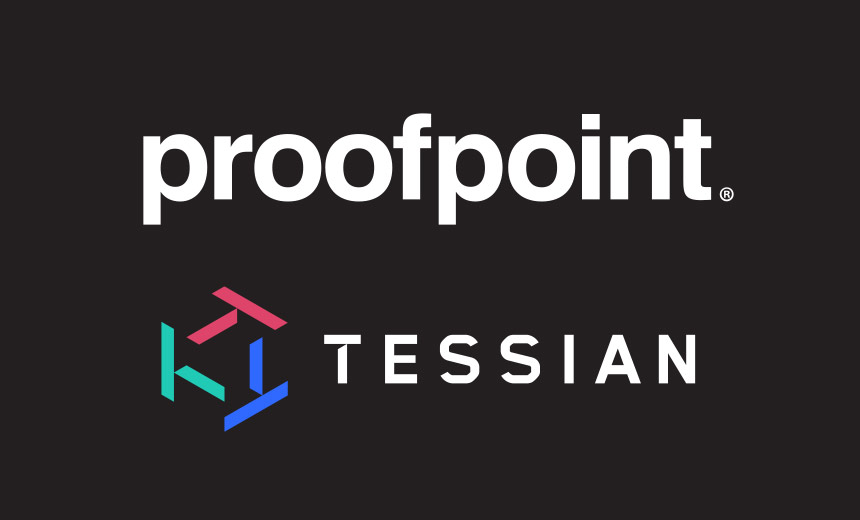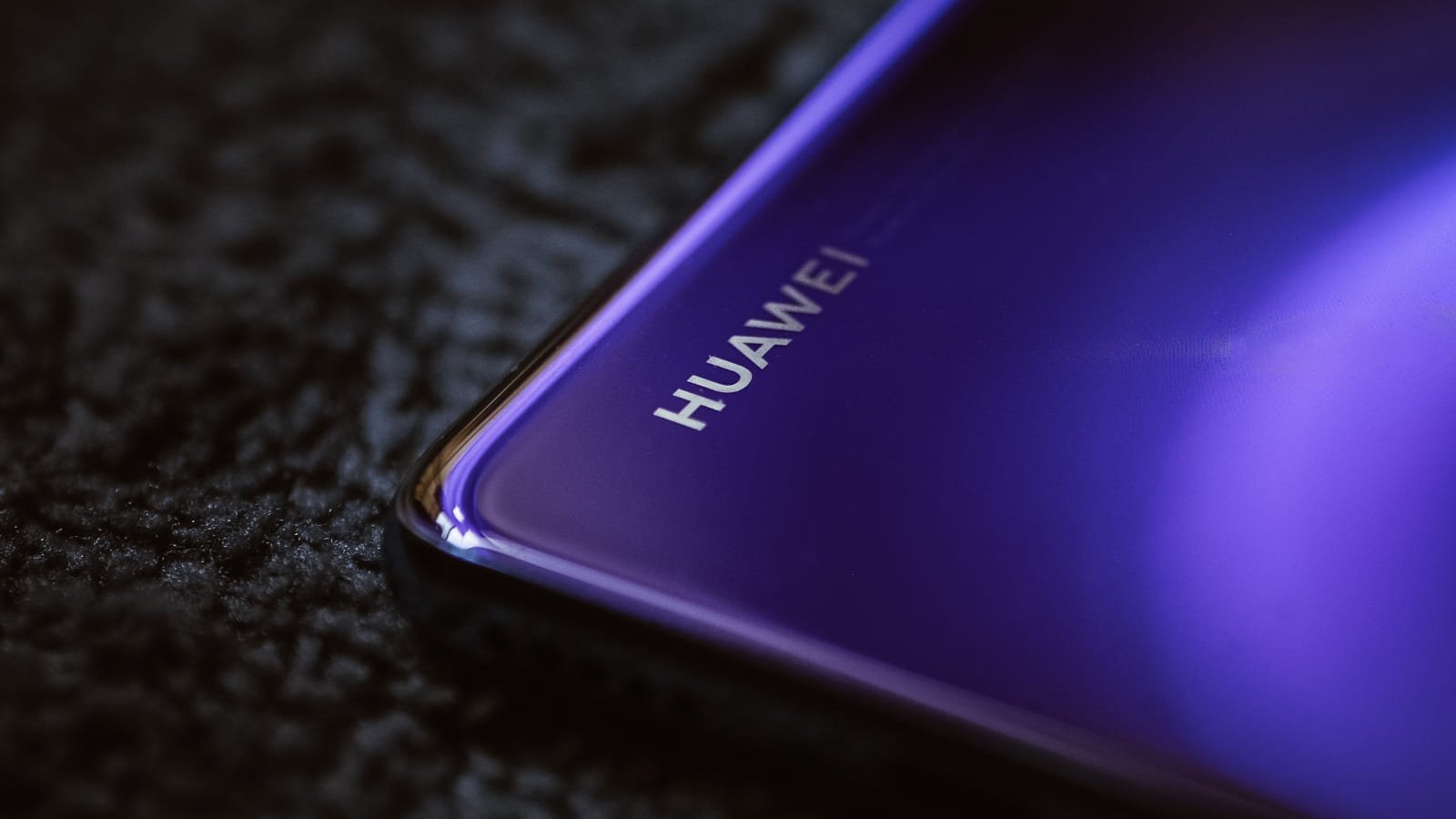The Russian government is developing its own malware scanning platform, Multiscanner, due to concerns that the U.S. government could access data from the popular VirusTotal service.
The incident affected a portion of the county’s network. The county is currently investigating the incident after ransomware gang, Play, claimed responsibility and threatened to leak stolen data by November 3.
Google Chrome’s new feature, HTTPS-Upgrades, automatically upgrades insecure HTTP requests to HTTPS requests. This will help secure old links and prevent snooping on connections to steal sensitive data.
The vulnerability, rated 9.1 out of 10 on the CVSS scoring system, is an improper authorization vulnerability and affects all versions of Confluence Data Center and Server.
Despite patches being available, thousands of Cisco IOS XE devices remain compromised, with major telecommunications and internet providers being particularly affected by such attacks.
The acquisition aligns with Proofpoint’s vision of securing the human layer in cybersecurity and aims to improve email security, reduce the risk of data breaches, and ease the workload on security teams.
Researchers uncovered a phishing campaign distributing the Remcos remote access trojan. Cybercriminals disguised the malware as a payslip in a deceptive email. Remcos RAT can perform a range of malicious activities, including keylogging, capturing screenshots, controlling webcams and microphones, and extracting browser histories and passwords.
QR code phishing attacks, including quishing and QRLJacking, have seen a dramatic 587% increase from August to September 2023, with threat actors extracting login information from users. This social engineering tactic takes advantage of the trust in QR codes and the routine nature of security updates. The prevalence of quishing is a testament to the […]
Huawei, Honor, and Vivo devices are displaying false security alerts urging the deletion of the Google app due to a supposed TrojanSMS-PA malware, but Google denies that its app triggered the alerts.
The Wiki-Slack attack relies on crafting a legitimate footnote in a Wikipedia article and exploiting Slack’s rendering of the shared page’s preview to generate a hidden malicious link.









